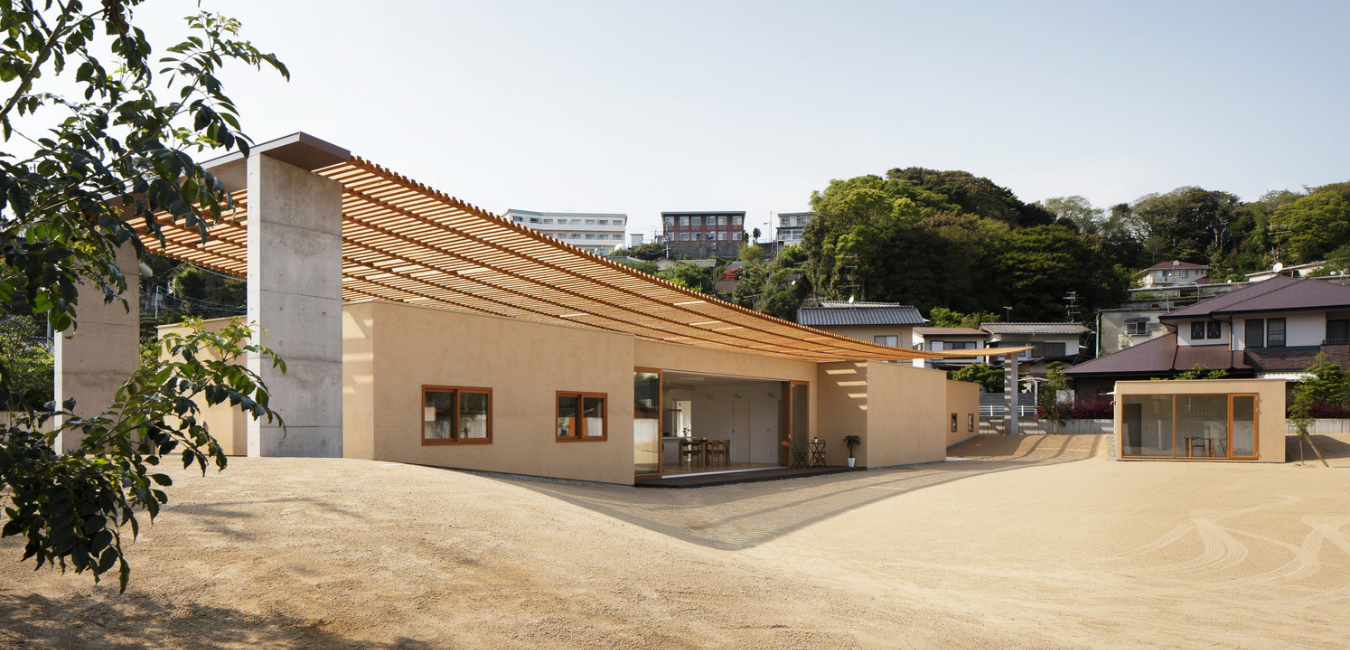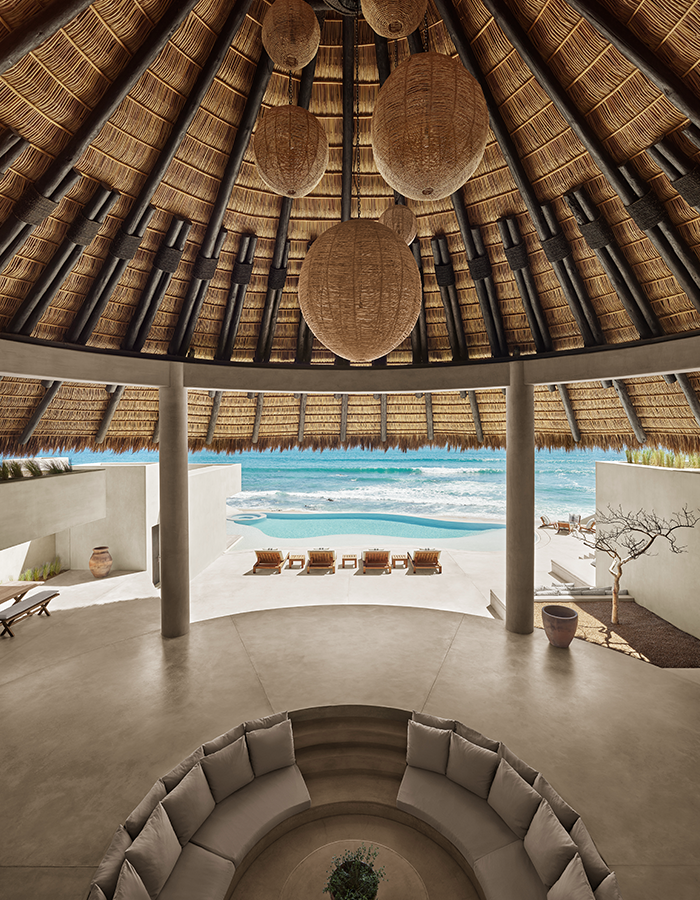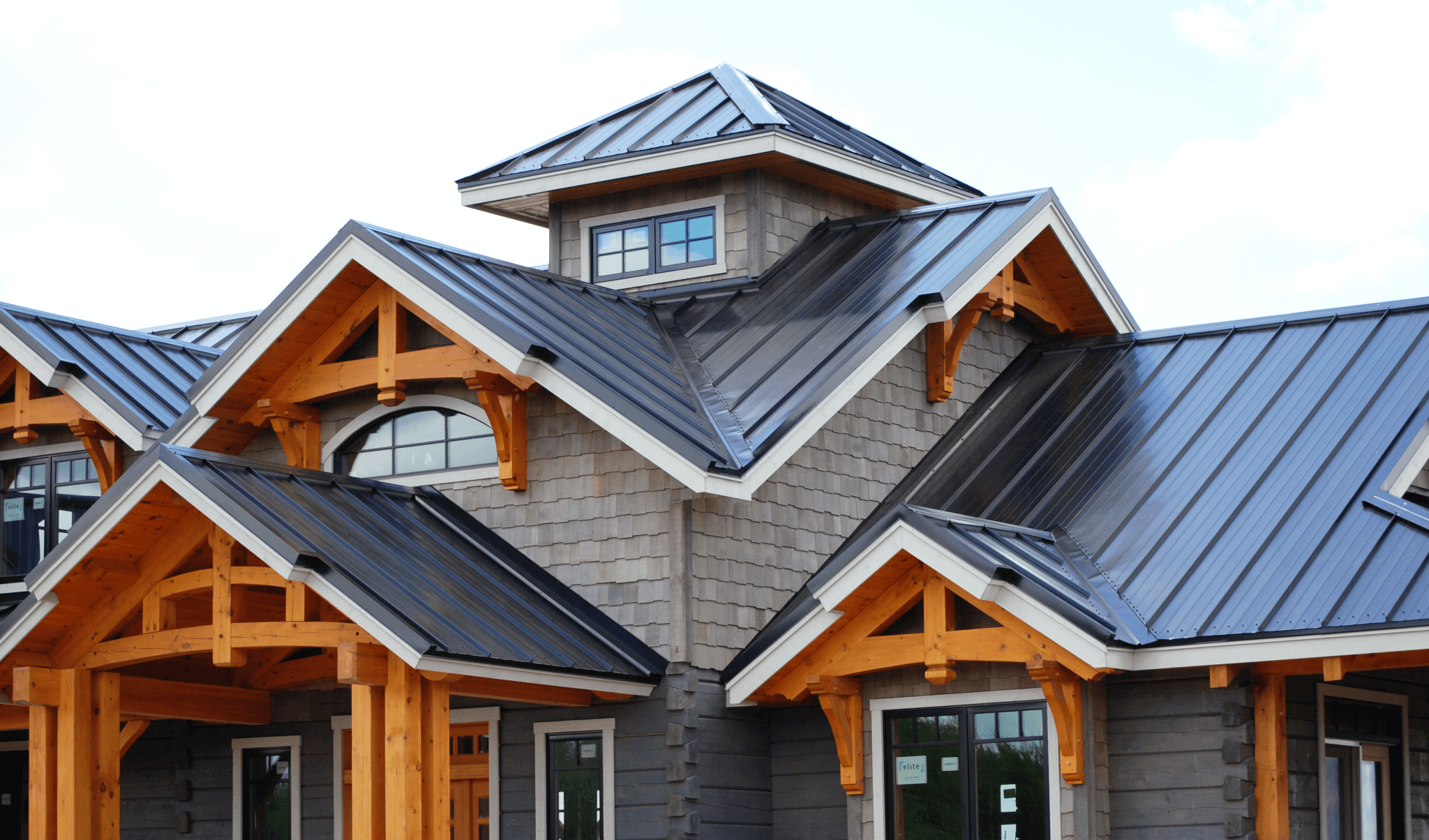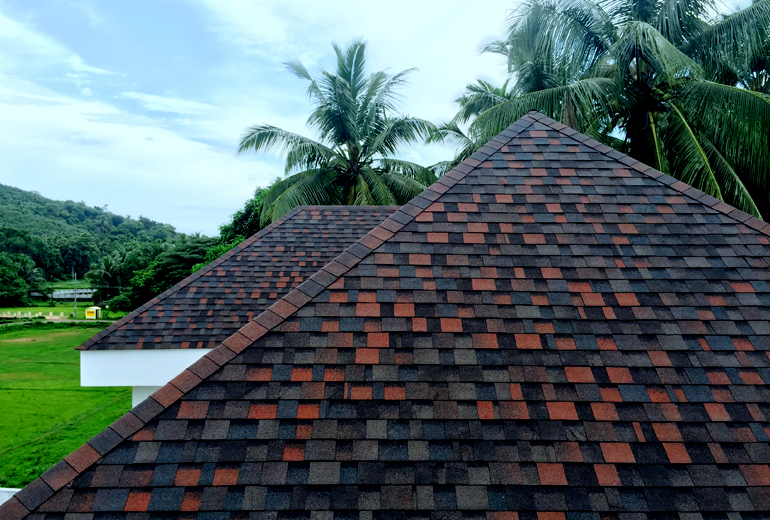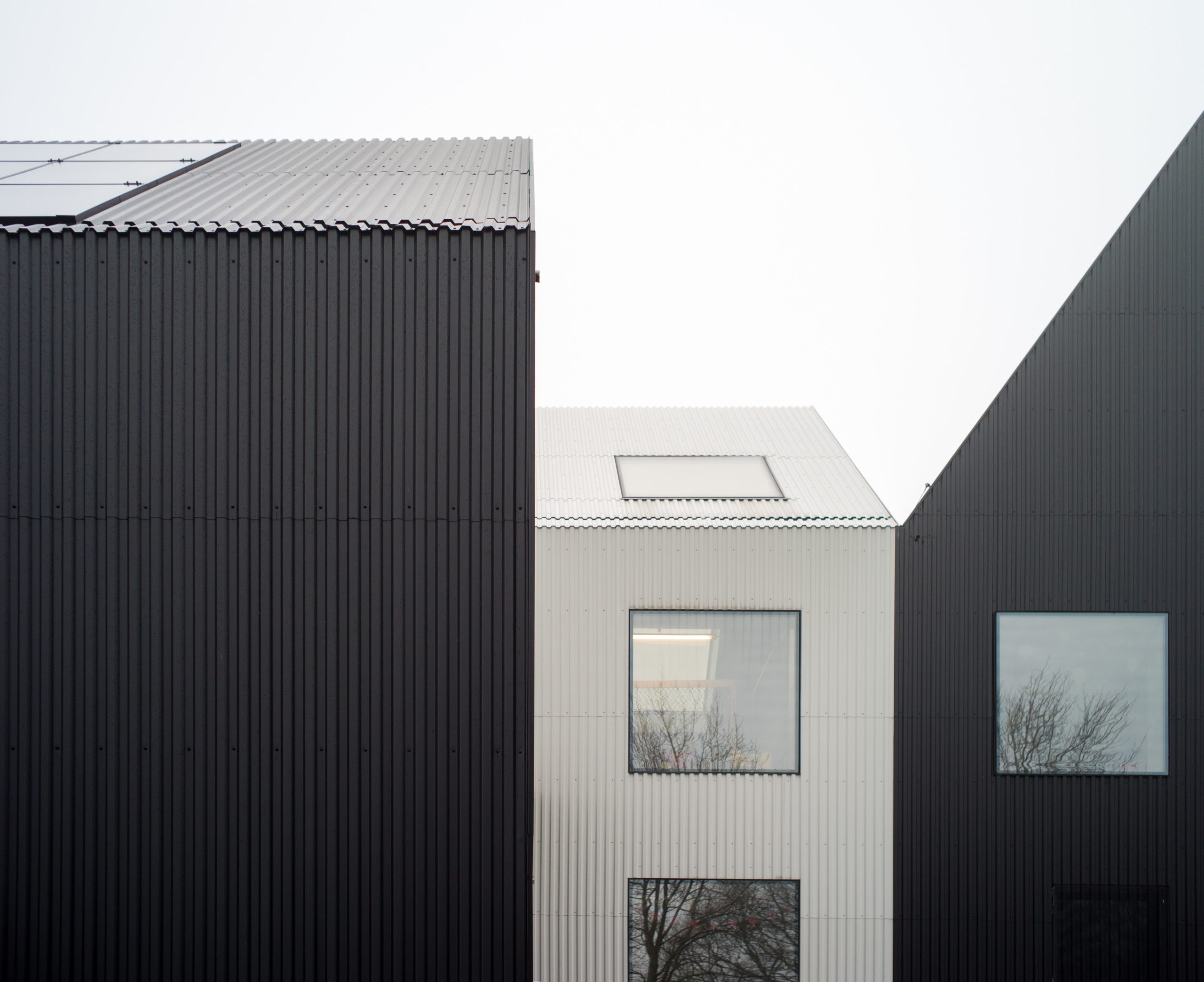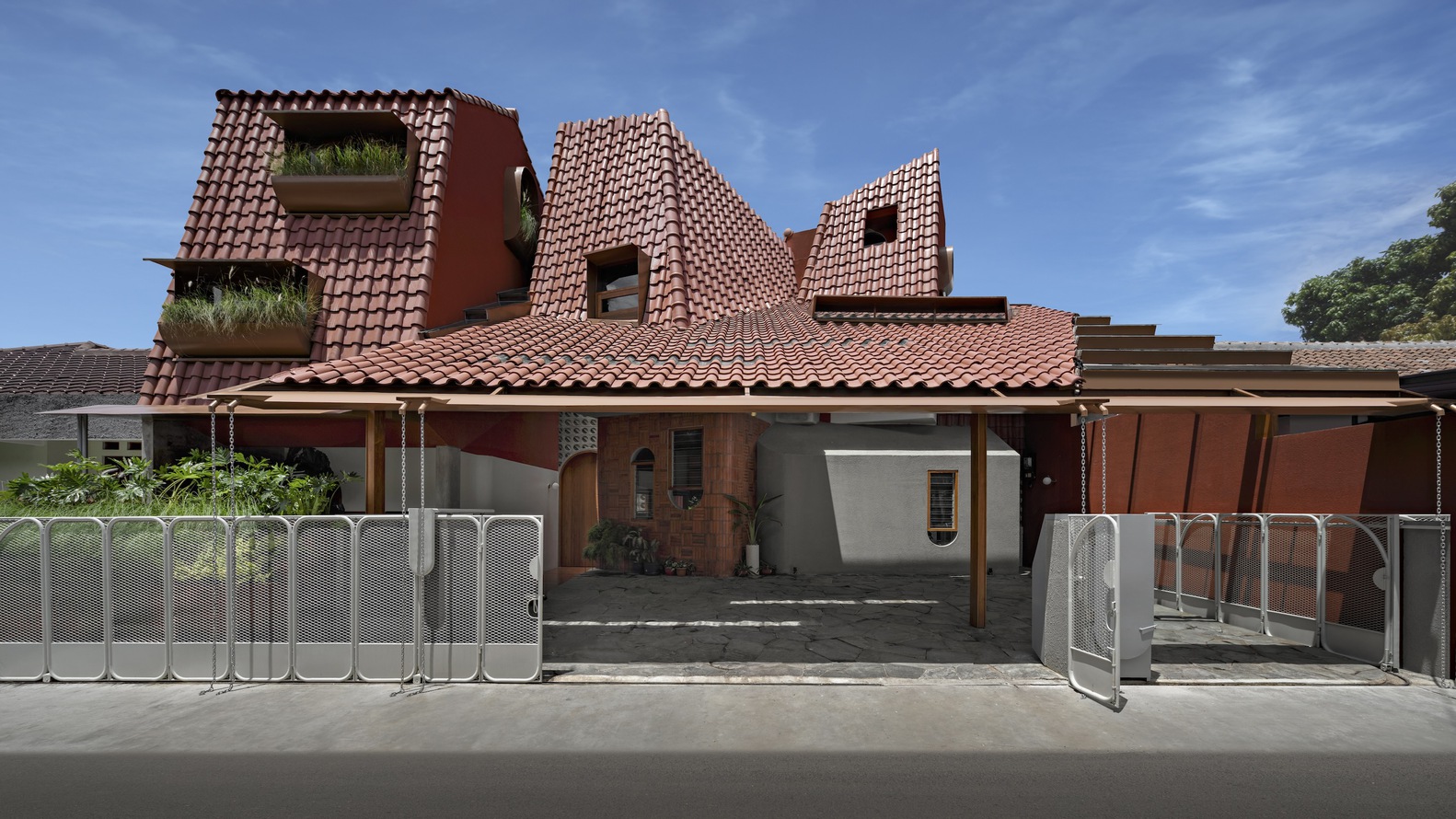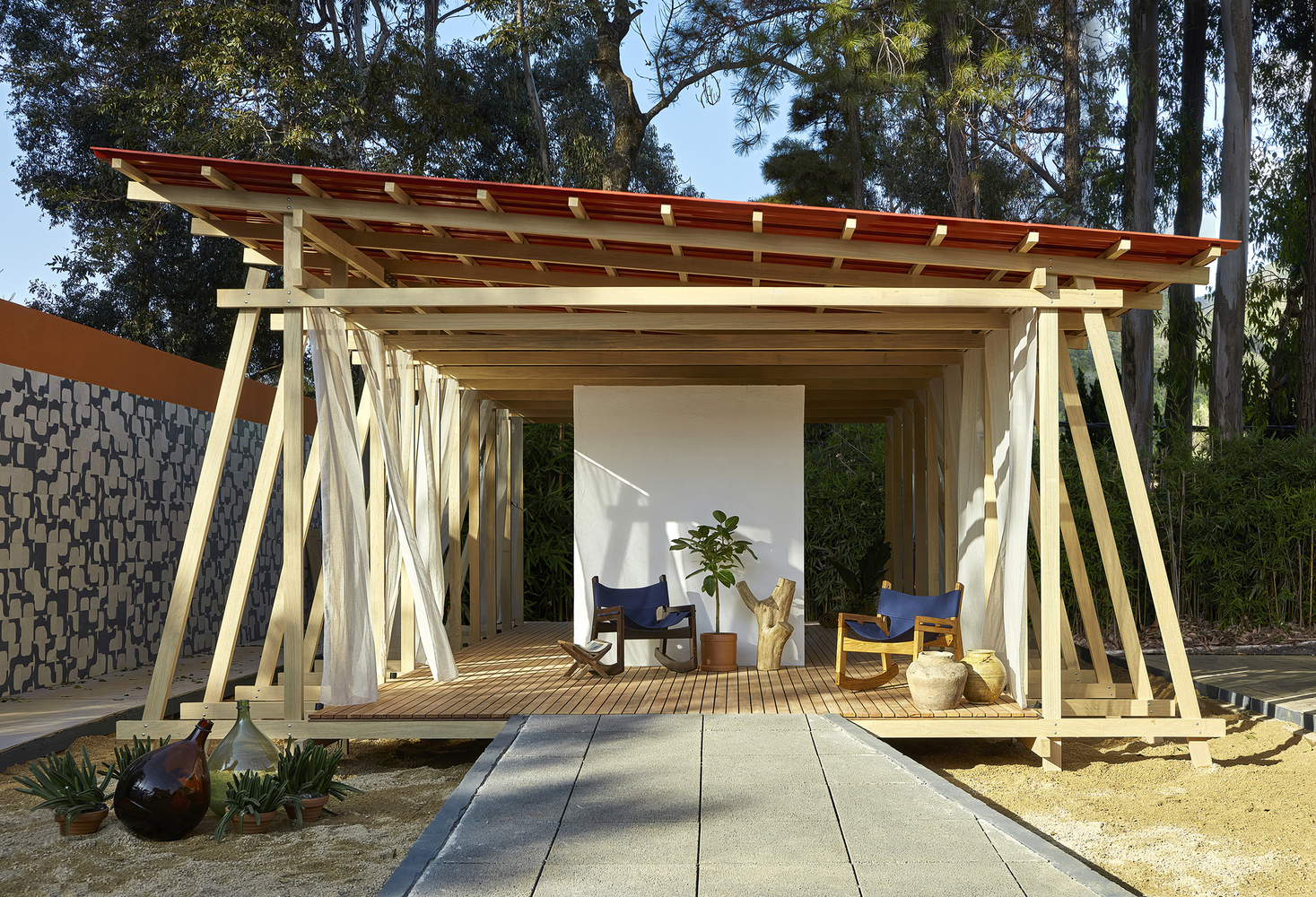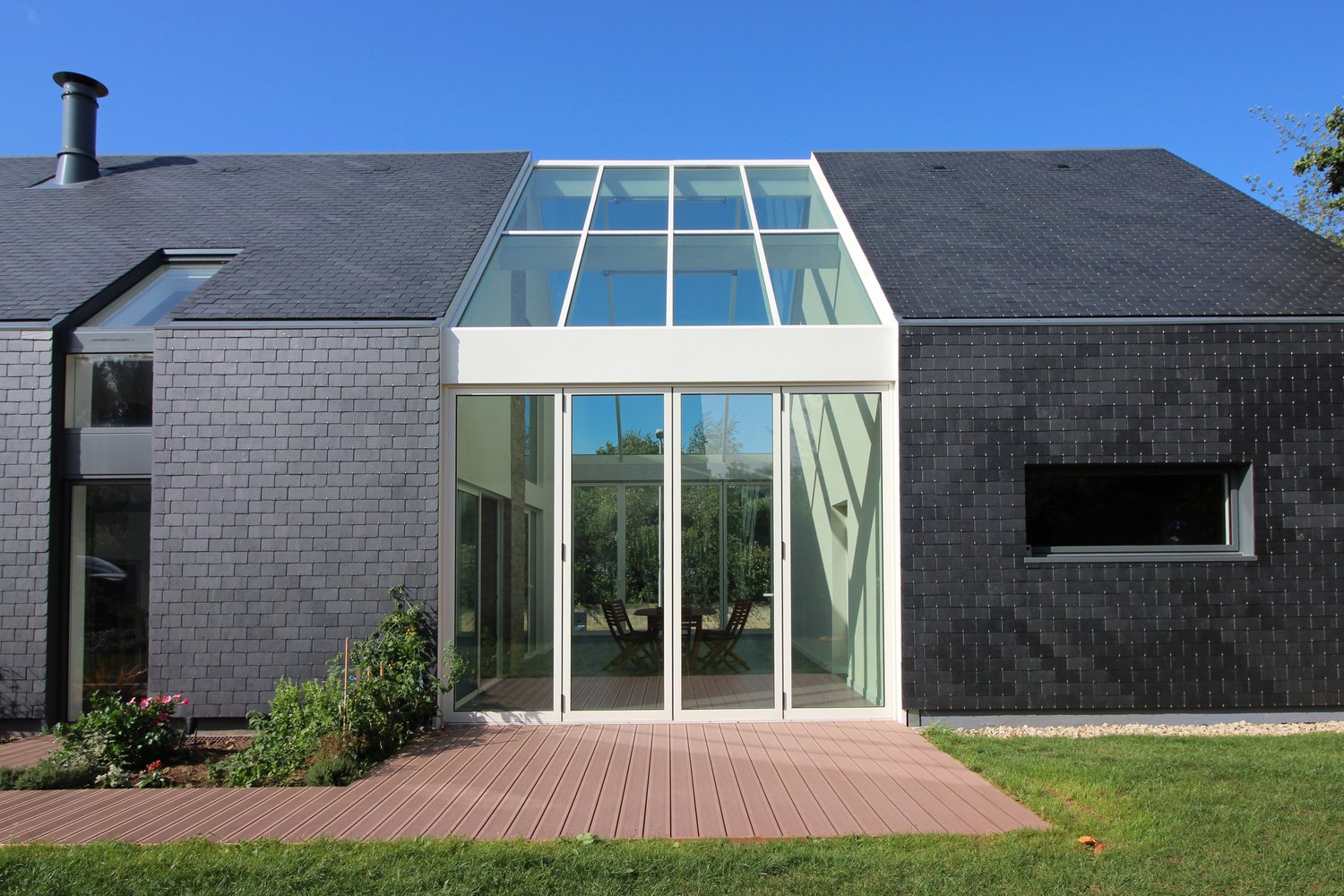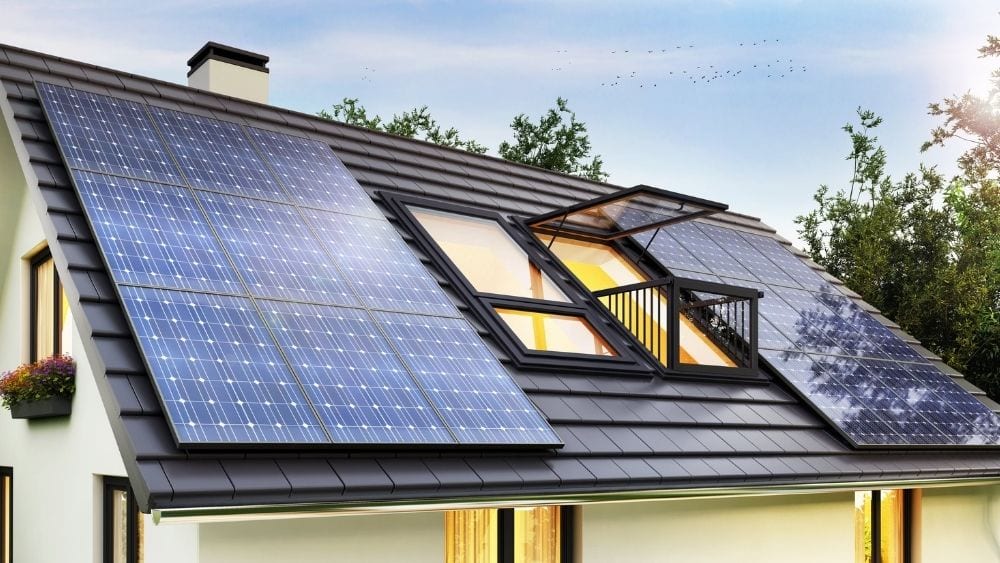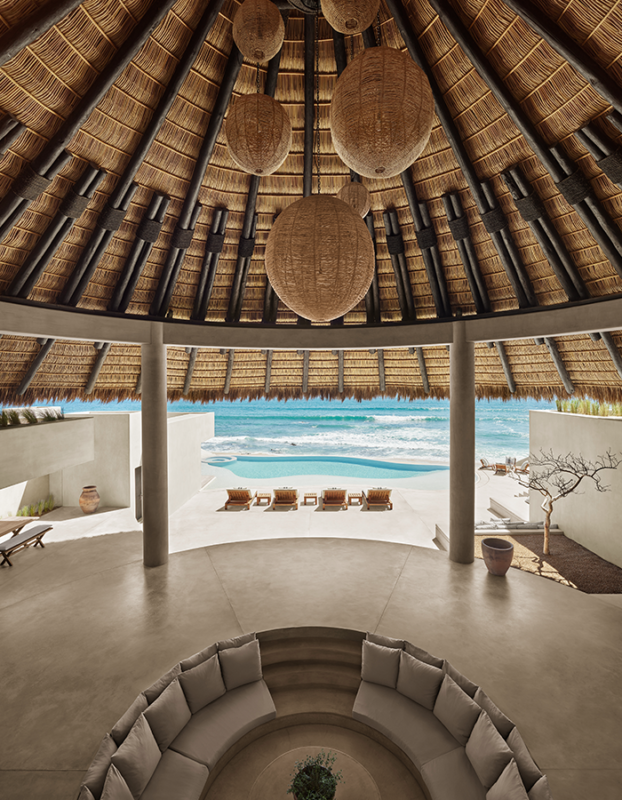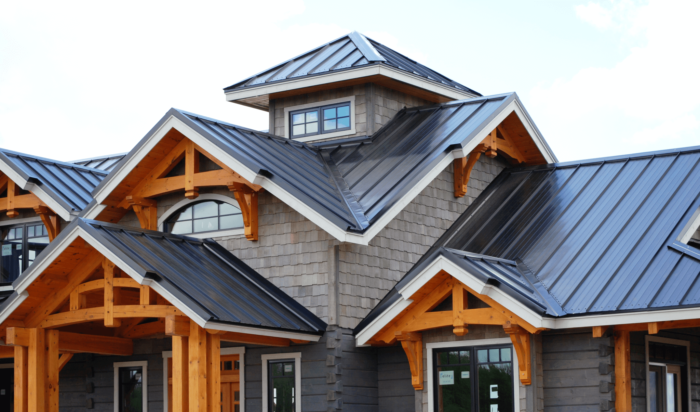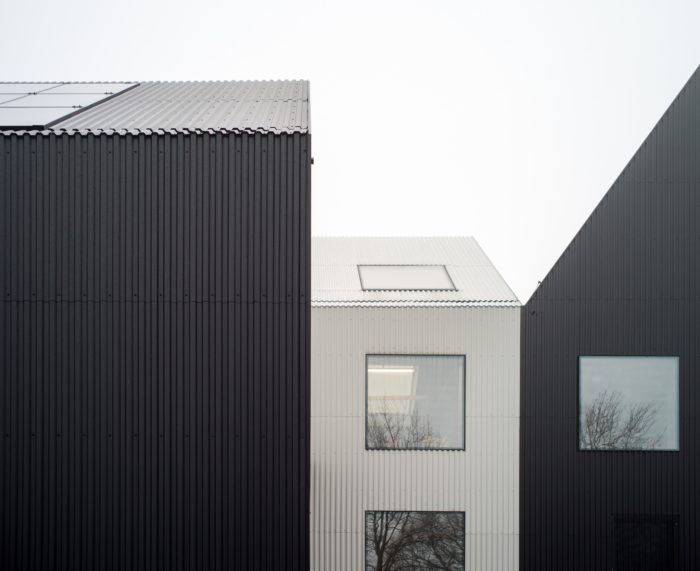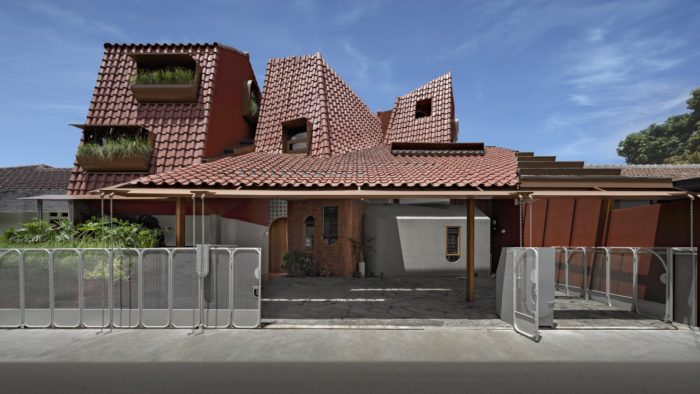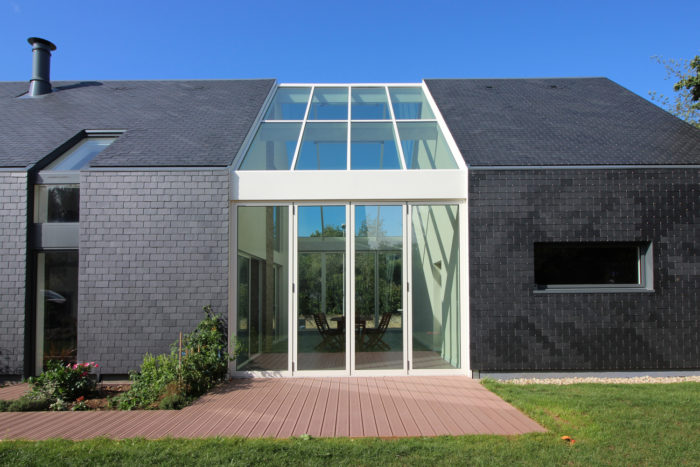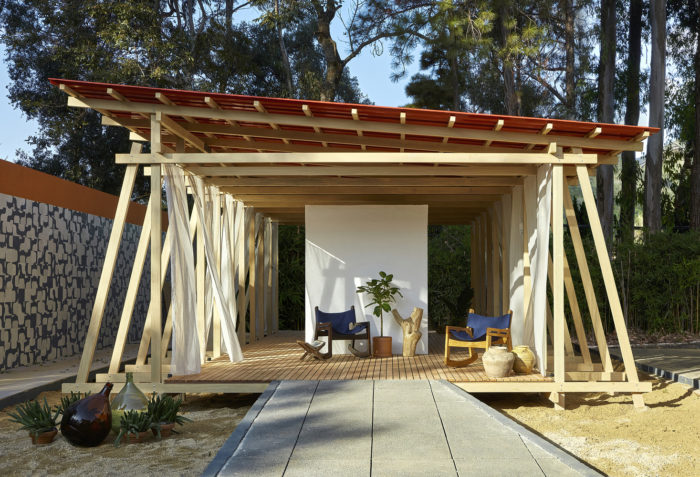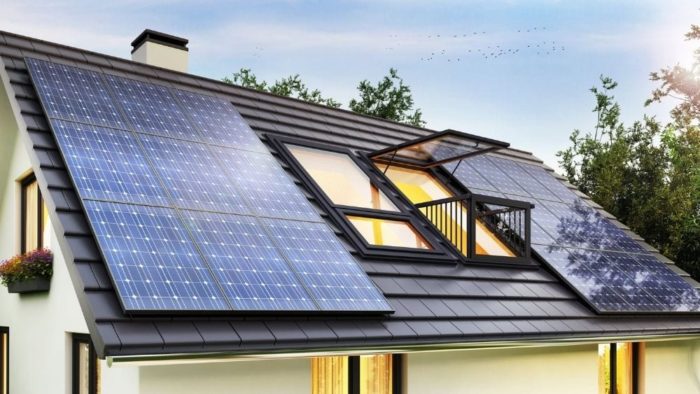When it comes to building or renovating a home, one crucial aspect that often takes center stage is the selection of roofing materials. Choosing the suitable material is not just about aesthetics; it can significantly impact a property’s overall durability, energy efficiency, and maintenance requirements.
In this article, we will delve into the essential considerations that every homeowner should consider when selecting roofing materials, helping them make informed decisions that align with their budget, climate, and long-term goals. Whether you’re embarking on a new construction project or planning to replace an existing roof, understanding the key factors in roofing materials selection is crucial for a safe, functional, and visually appealing home.
Related Article: Why Bamboo Is a Lot More Versatile and Durable Than You Ever Realized?
Exploring Roofing Materials
With numerous available options, choosing the ideal roofing materials can be overwhelming for beginners. In this guide, we will walk you through essential considerations to remember when selecting roofing materials, ensuring you make an informed decision that suits your needs and budget.
The first step in selecting the appropriate roofing materials is to assess your local climate and environmental conditions. Different materials have varying resistance to weather elements, and choosing one that complements your environment can significantly impact your roof’s longevity and performance.
For instance, if you live in an area with frequent rain and humidity, opting for roofing materials with excellent moisture resistance, such as metal or asphalt shingles, is crucial. On the other hand, if you reside in a region with extreme heat, consider materials with high reflectivity, like clay tiles or white membranes, to minimize heat absorption and keep your home cooler.
-
Budget Considerations
Your budget plays a significant role in determining the roofing materials you can afford. Roofing costs can vary widely depending on the material’s quality, durability, and complexity of installation. Setting a budget and exploring options that align with your financial constraints is essential.
Moreover, while some materials might have higher initial costs, they are often more cost-effective in the long run due to their extended lifespan and minimal maintenance requirements. For example, investing in premium metal roofing might seem expensive initially. Still, it can last up to 50 years, saving you money on frequent replacements or repairs.
-
Aesthetics and Architectural Style
Your roof’s appearance is a significant aspect of your home’s curb appeal. Consider the architectural style of your house and choose roofing materials that enhance its aesthetics.
For instance, traditional homes often look stunning with clay or slate tiles, while modern architectural designs might benefit from the sleek look of metal roofing. Asphalt shingles, available in various colors and styles, are a versatile option that complements many different architectural themes.
-
Roofing Material Options
A wide array of roofing materials is available in the market, each with unique features and benefits. Let’s explore some of the most popular options:
Asphalt Shingles: Asphalt shingles are North America’s most common roofing materials. They are affordable, easy to install, and come in various colors and styles, making them a popular choice for beginners.
Metal Roofing: Metal roofs, made from steel, aluminum, or copper, are durable, energy-efficient, and require minimal maintenance. They are excellent for both traditional and contemporary homes.
Also Read: Why Will Metal Cladding Be Your Next Big Obsession?
Clay Tiles: Clay tiles offer a classic, timeless appearance, and exceptional longevity. They are well-suited for hot climates and can withstand high winds and fire.
Slate Tiles: Slate tiles are a premium roofing option known for their elegance and durability. They have a natural appearance and can last for over a century when adequately maintained.
Wood Shingles/Shakes: Wood shingles or shakes provide a rustic and charming look to a home. They require regular maintenance but can last for several decades.
Synthetic Roofing Materials: Synthetic materials like rubber, polymer, or composite shingles mimic the appearance of traditional roofing materials but offer better durability and weather resistance.
-
Considerations for Roofing Maintenance
Regular maintenance is vital to extend the lifespan of your roofing materials and ensure your home remains protected. Different materials have varying maintenance requirements, so choosing one that fits your lifestyle and schedule is essential.
For example, asphalt shingles require occasional inspections for damaged or missing shingles, while metal roofs might need periodic checks for rust or loose fasteners. Clay and slate tiles are relatively low-maintenance but might need occasional cleaning to remove debris and moss.
-
Environmental Impact and Sustainability
As environmental concerns grow, more homeowners are considering the ecological impact of their roofing materials. Some materials, like metal roofing, are highly recyclable and can be an eco-friendly choice. Similarly, cool roofs with high reflectivity and thermal emittance can contribute to energy efficiency and reduce the urban heat island effect.
Additionally, some regions offer incentives or tax credits for using eco-friendly roofing materials, making it financially attractive to invest in sustainable options.
Final Thoughts
Choosing suitable roofing materials involves carefully considering climate, budget, aesthetics, and maintenance requirements. By understanding the pros and cons of different options, you can make an informed decision that protects your home, complements its architectural style, and meets your sustainability goals.
Remember to consult with roofing professionals and gather multiple quotes to ensure you get the best value for your investment in roofing materials. A well-chosen roof will not only enhance the beauty of your home but also provide peace of mind for years to come.
